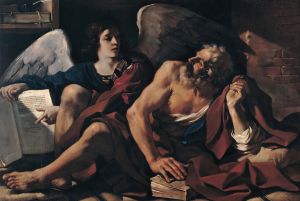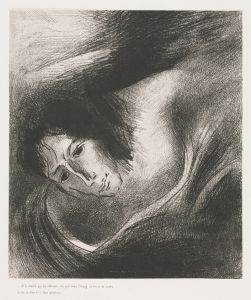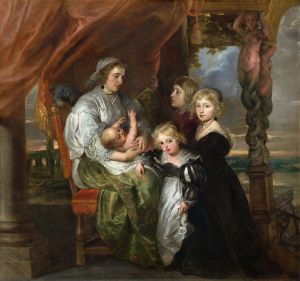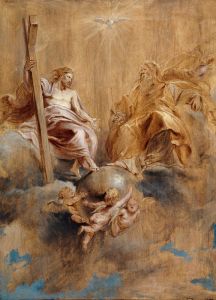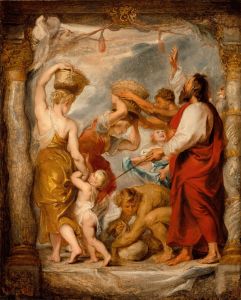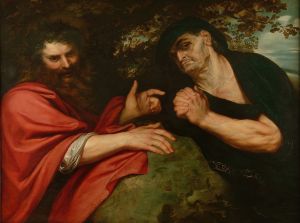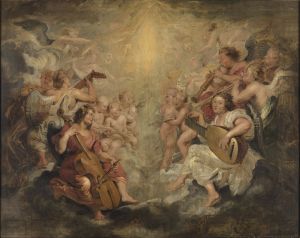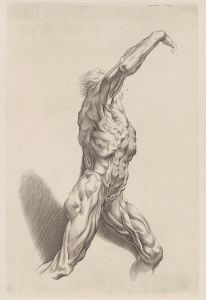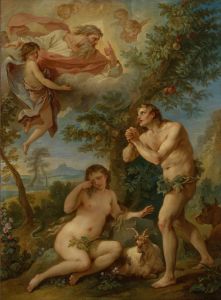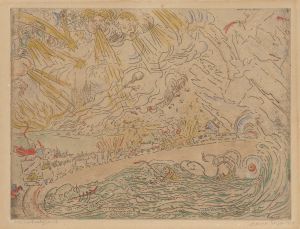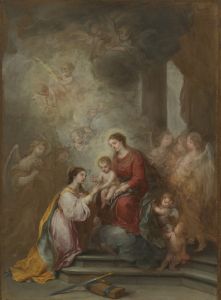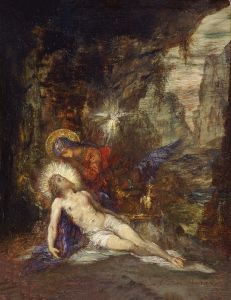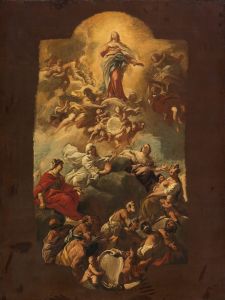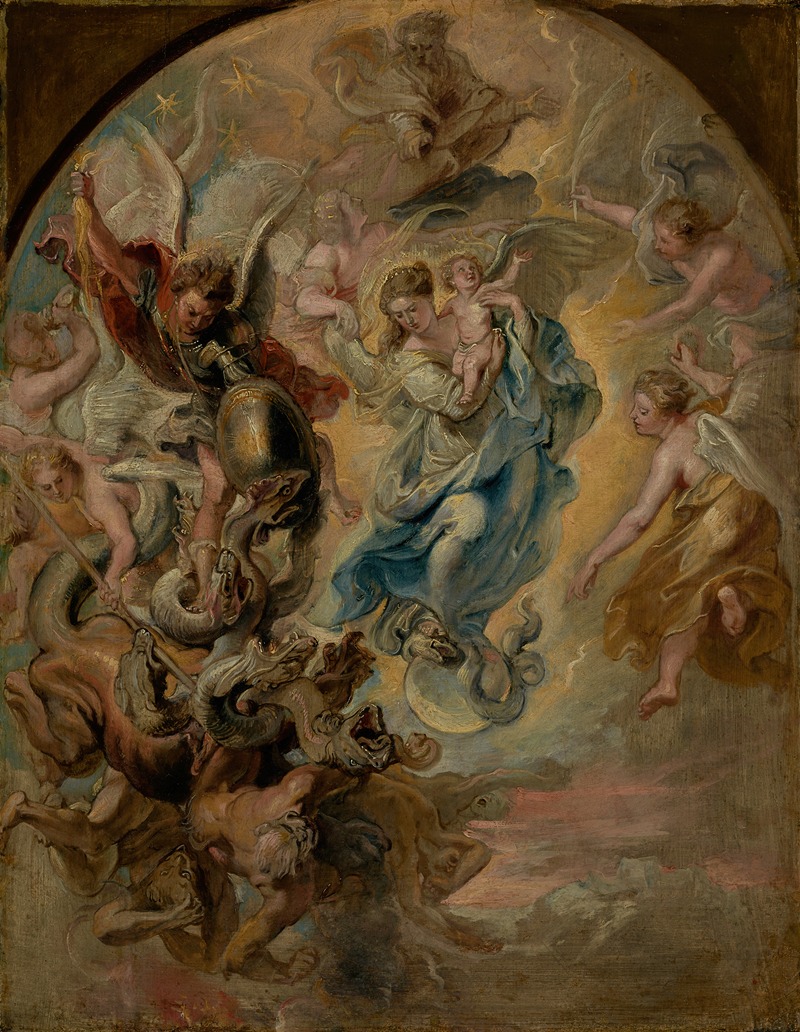
The Virgin as the Woman of the Apocalypse
A hand-painted replica of Peter Paul Rubens’s masterpiece The Virgin as the Woman of the Apocalypse, meticulously crafted by professional artists to capture the true essence of the original. Each piece is created with museum-quality canvas and rare mineral pigments, carefully painted by experienced artists with delicate brushstrokes and rich, layered colors to perfectly recreate the texture of the original artwork. Unlike machine-printed reproductions, this hand-painted version brings the painting to life, infused with the artist’s emotions and skill in every stroke. Whether for personal collection or home decoration, it instantly elevates the artistic atmosphere of any space.
The Virgin as the Woman of the Apocalypse is a painting by the Flemish Baroque artist Peter Paul Rubens. Created between 1623 and 1625, the artwork is an oil on panel and is currently housed in the Alte Pinakothek in Munich, Germany. The painting is a significant example of Rubens' mastery in combining religious themes with dramatic Baroque aesthetics.
The subject of the painting is derived from the Book of Revelation (12:1-2) in the New Testament, which describes a vision of "a woman clothed with the sun, with the moon under her feet, and on her head a crown of twelve stars." This imagery has often been interpreted in Christian tradition as a representation of the Virgin Mary, symbolizing her role as the Queen of Heaven and her association with the Church. Rubens' depiction aligns with this interpretation, presenting the Virgin Mary as the apocalyptic woman in a dynamic and celestial composition.
In the painting, the Virgin is shown standing on a crescent moon, a common iconographic element in Marian art, and is surrounded by a radiant golden light that symbolizes her divine nature. She is crowned with twelve stars, emphasizing her celestial status. The Virgin is depicted in a flowing, richly colored robe, with her gaze directed upward, conveying a sense of spiritual elevation and grace. The composition is filled with movement, a hallmark of Rubens' style, with swirling clouds and cherubic angels surrounding the central figure.
Rubens' use of light and color in this painting is particularly notable. The contrast between the luminous figure of the Virgin and the darker, more tumultuous background creates a dramatic effect, drawing the viewer's attention to her as the focal point. The dynamic poses of the angels and the interplay of light and shadow further enhance the sense of movement and divine energy in the scene.
The painting reflects Rubens' deep engagement with Counter-Reformation ideals, which sought to reaffirm Catholic doctrine and devotion through art. By portraying the Virgin Mary as the Woman of the Apocalypse, Rubens emphasizes her role as a powerful intercessor and protector of the faithful, aligning with the Catholic Church's emphasis on Marian devotion during this period.
The Virgin as the Woman of the Apocalypse is considered one of Rubens' significant religious works, showcasing his ability to merge theological themes with the dramatic and emotive qualities of Baroque art. The painting remains an important example of how biblical narratives were interpreted and visualized during the 17th century, reflecting both the artistic and religious currents of the time.





